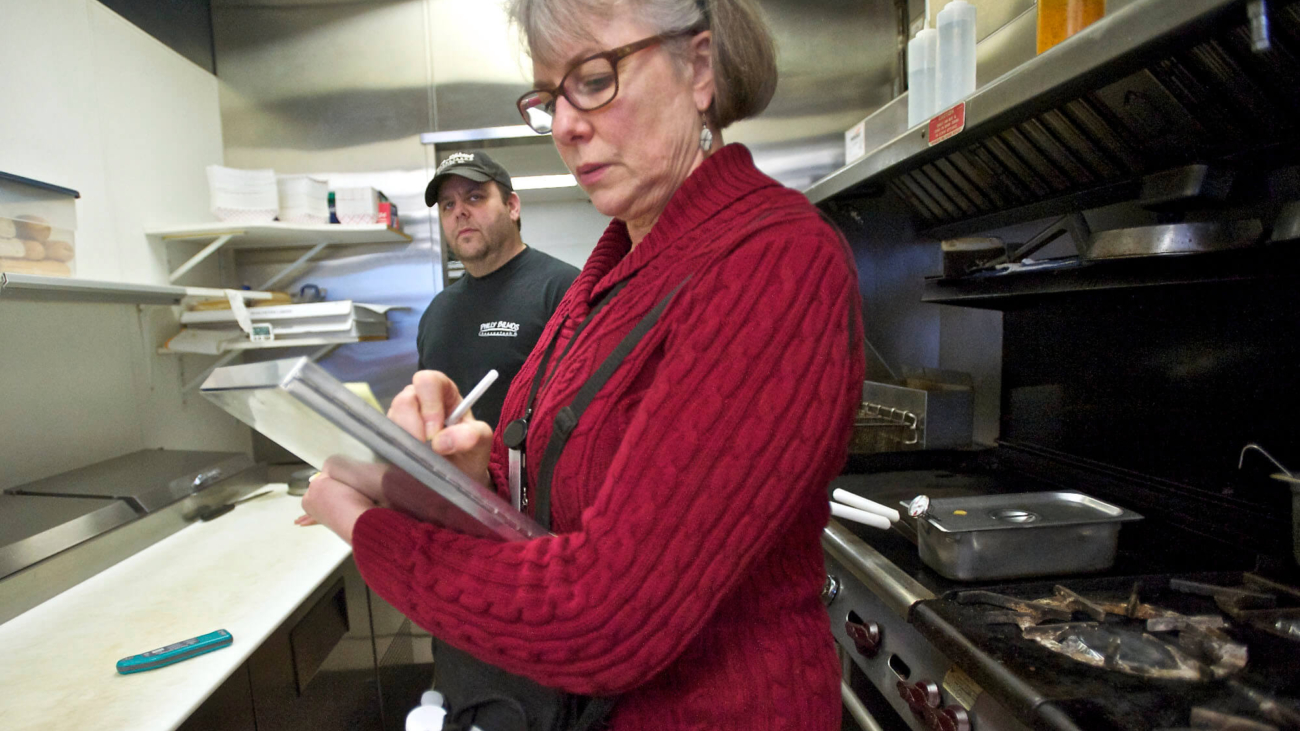From the inspector’s perspective, it is important to be aware of the health violations that may have occurred during the inspection. If a home is not up to code, it can be very difficult to work with a home inspector who may not be familiar with the home’s code. Even if you are the home inspector, it is a good idea to know the law and regulations surrounding health violations and how to follow them.
It can be very tricky to find your way through the inspections. When there are multiple inspectors, things can get confusing. If there is an issue that might look like a health violation, check with the first inspector to see if there are any discrepancies with the other inspectors. You can also ask your inspector what the exact date and time of the inspection was.
It’s good to know what the date and time is for each inspection, but it’s also a good idea to know what the standard deviation and repeat rate are. That information will give you a much better idea of what you should be looking for and where to look to find it.

This is a great time to ask if you have any questions about the health inspection standards you are working with. The inspectors are also the ones who are going to be on the receiving end of your complaints. So while the standard deviation and repeat rate might be higher than you would expect, the inspectors will not be able to see what the problem is from the inspection.
As far as the standard deviation, the inspector’s job is to make comparisons between similar houses. For example, let’s say you have a house that has a high standard deviation. This means that the inspector won’t be able to tell whether or not this house is dangerous because the inspector will see a house with a high standard deviation and then compare it to a house with a low standard deviation. An inspector might see that your house has a high standard deviation but that it is also a safe house.
The inspector will also compare the same house to houses with a low and a high standard deviation. He will then be able to tell which is a safer house. This is a very common practice. We have a lot of inspectors that come to our homes to make sure everything is running smoothly. These inspectors are often extremely helpful and try to find things that other inspectors missed. In my experience they are usually pretty good at their jobs.
The only concern I had is that a standard deviation of.4 to.7 is considered a “problem”. I believe that is actually a very safe range, but it is just a range. The inspector will not be aware of how many people have lived in that house before. As the inspector you should not put your life in the hands of an inspector who is actually going to be trying to save your life. You should not be putting your life in the hands of an inspector.

Yeah, it’s just like the house with the broken window. You should be able to tell if the inspector is going to save your life by looking at the house, you should be able to tell if the inspector is going to save your life by looking at the house. This is why you should have a health inspection.
Health inspections are often used in the real world. If a building’s health inspector can’t figure out how to fix a leak, he won’t go into the building and fix it. He will go into the building, find the leak, and then go back out to repair the leak. If there is no other way to solve the leak than to go into the building, you should allow the inspector to go in and fix it.
Yes, the inspector may be able to fix the leak, but if he can’t, he will probably get you to sign a contract to fix the leak. I know this because my friends and I have had this same issue with a building inspector and my contract was signed by them.
More to read:
Scoliosis Management: Effective Exercises to Consider
Finding the Best Lasik Eye Surgery Cost Sydney

